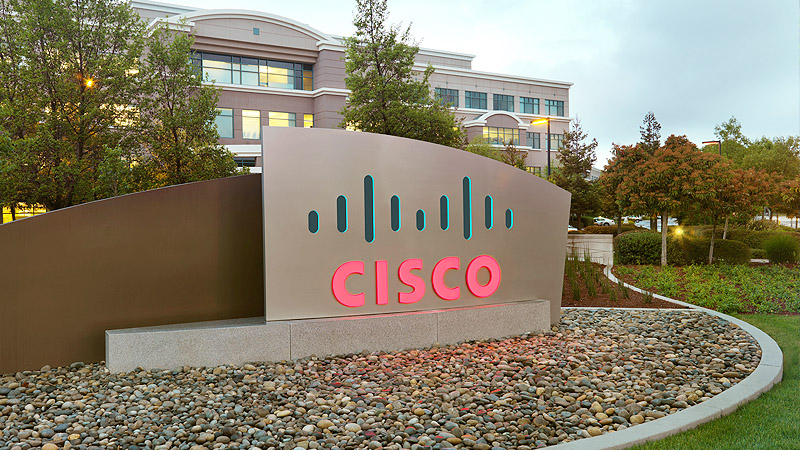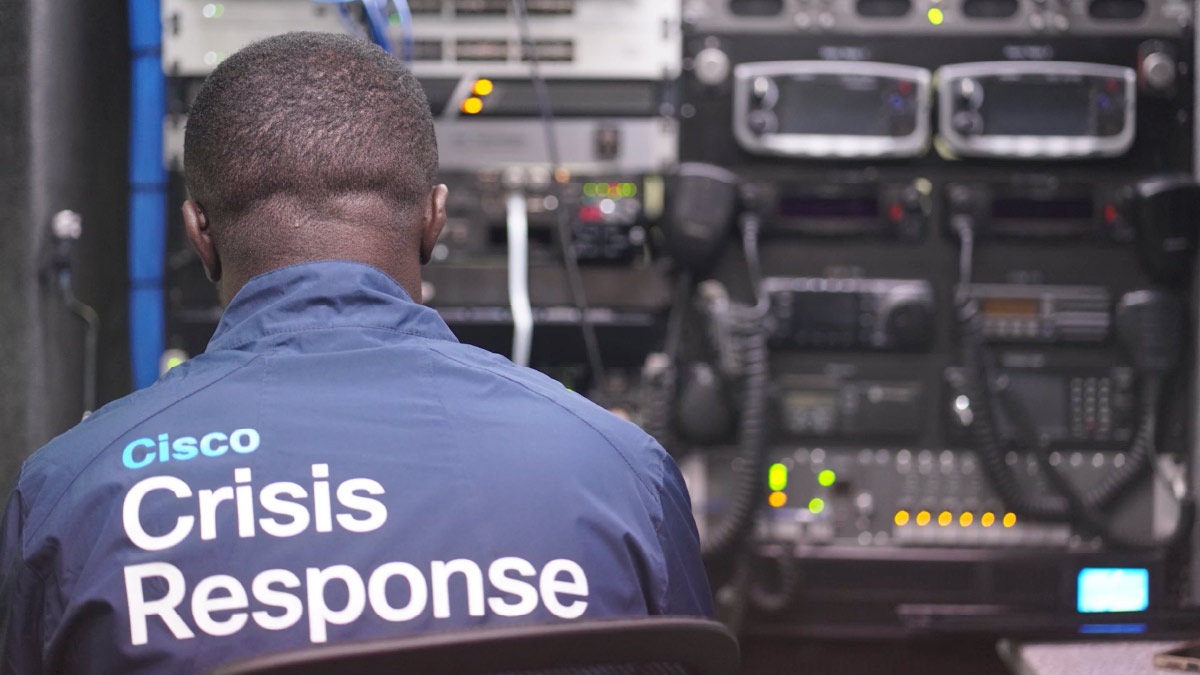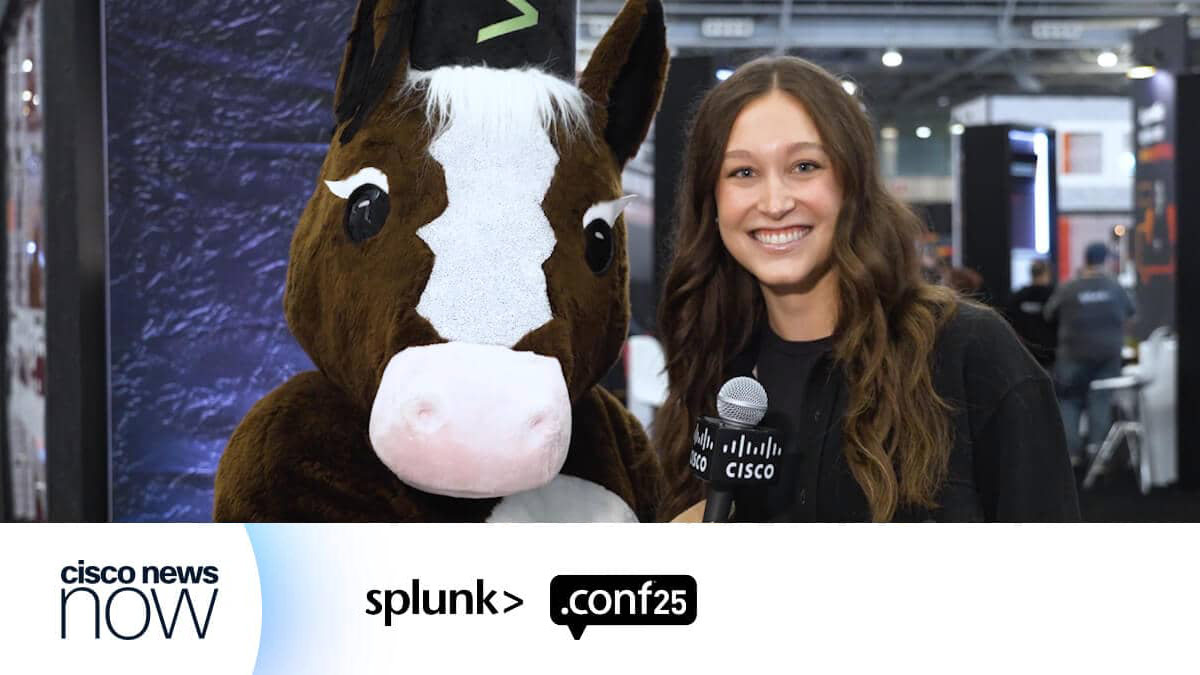Key PU Type 4 Properties, Other Features Added
MENLO PARK, Calif., Aug. 31, 1992 -- Cisco Systems hascompleted the fourth phase of its five-part IBM internetworkingprogram, issuing a new suite of router software aimed at preservingthe integrity of IBM SNA networks integrated within router-basedwide-area networks.
Major new features include key IBM PU (Physical Unit) Type 4SNA properties, NetBIOS name caching, added media conversion support,performance enhancements and extended SNMP management.
Michael Zadikian, Cisco SNA product marketing manager, said,"In the first three phases of our IBM program, we focused onmechanisms that would enable users to consolidate parallel SNA androuter-based networks into a single cohesive internet.
"Phase IV ensures that users of those merged networks,particularly response-time-sensitive users from thetransaction-oriented IBM world, can bank on the predictability andreliability they have come to expect. To this end, we haveimplemented key PU Type 4 properties and other features our customershave told us are critical in maintaining their established SNApriorities within the overall internetwork structure."
PU Type 4 Properties: Maintaining SNA Priorities
Cisco has added support for several SNA PU Type 4 propertiesto its router software, including Class of Service, TransmissionGroups and SDLC local termination.Class of Service. Cisco, which in 1990 implemented a priorityoutput queuing mechanism to allow packet prioritization based onprotocol, port and packet size (e.g., an SDLC packet could be assignedprecedence over a Banyan VINES packet), is the first router vendor toextend this ability to SNA sessions. Cisco software offers the nativeSNA "Class of Service" capability of recognizing priorities betweenIBM front-end processors (FEPs); an interactive 3270 application, forexample, can take priority over a batch job. In addition, Cisco isthe first to further prioritize traffic within the SNA suite byenhancing the native SNA Boundary Function to prioritize clustercontrollers and Logical Units (printers or terminals) as well.
As users integrate SNA networks into corporate internets, anentire router-based network can exist in lieu of the single SDLC linkbetween a FEP and a cluster controller. Cisco's Class of Servicesupport lets users retain the SNA priority structure they've set upfor FEPs and even go beyond that by allowing prioritization by LUaddresses. In a retail environment, for example, this means thatcredit card verification could always be performed before inventorytransfers.
Transmission Groups. Cisco routers now support SNA SubareaTransmission Groups -- multilink SDLC and single-link Token Ringconnections between FEPs. Transmission Group support enhancesreliability through redundancy and performance via load-sharing. ACisco router network between FEPs preserves the integrity ofTransmission Groups, which are carried as single logical entities fromone FEP to another.
SDLC Local Termination. To further ensure SNA sessionintegrity and optmize WAN usage, Cisco has enhanced its SDLC transportby locally terminating SDLC sessions. Local Cisco routers nowmaintain complete SDLC sessions with the end SNA devices whiletransporting only data packets over the routed network using TCP/IP.No polling or acknowledgements traverse the backbone, and session lossis avoided even in the face of long network delays. Furthermore,Cisco routers equipped with local SDLC termination provide flowcontrol services at the SDLC and TCP/IP levels, for improved networkand session reliability.
The new feature complements a local termination capabilitythat Cisco added earlier this year for LLC2, the corresponding IBMprotocol used in Token Ring networks. When an SDLC or LLC2 session islocally terminated, the data packets are encapsulated in TCP/IP fortransport through the network.
NetBIOS Name Caching
With NetBIOS name caching, each Cisco router maintains a cacheof NetBIOS names (designated names for users and resources, such asservers, on the network). The cache reduces network broadcasts andoptimizes WAN efficiency. This scheme ensures that a newly added nameis announced just once, then cached on the routers. A resource namerequest, typically broadcast over the entire network, will, usingcached name and address information, be sent as a single directedmessage to its destination; the reply to the request is handled in thesame way. The two stations then establish an LLC session.Cisco's NetBIOS name caching is unique in that it pacesnetwork broadcasts, controlling the frequency at which stations canattempt to contact each other. This greatly reduces unproductiveresource searches, as in the case of one station trying to contactanother station not yet on the network. In certain networks,broadcast pacing, also known as "negative caching," can save even morenetwork resources than "positive" name caching.
New Media Conversion Support: SDLC-to-Ethernet
Cisco routers now perform conversion between SDLC serial mediaand Ethernet, allowing SDLC-connected devices to access a mainframecost-effectively via Ethernet, rather than via a Token Ring connectionthrough an expensive FEP. This feature is ideal for installationsthat don't require the subarea switching capabilities of a FEP and canrely on much less costly channel-to -Ethernet devices to gain hostaccess.Improved Performance In IP Routing, Remote Source-Route Bridging
Cisco has expanded its encapsulation mechanism to include FastSequenced IP Transport (FST/IP). The new capability joins TCPencapsulation, used where local termination of LLC2 sessions isrequired; and HDLC encapsulation, used to minimize overhead in simplepoint-to-point configurations. Non-locally terminated complexsource-route bridged networks now can improve performance (whileretaining IP routing services) using FST/IP, which shortens theencapsulation process by eliminating the building and transmission ofTCP headers.SNMP MIB Support for Token Ring, Source-Route Bridging
Furthering users' ability to effectively manage consolidatednetworks, Cisco routers now offer the SNMP Management Information Base(MIB), IETF RFC 1231, for Token Rings; as well as source-route bridgeelements of the Draft SNMP MIB for bridging. Users familiar withstandard SNMP network management tools now can gain a much greaterlevel of visibility into their merged networks.Pricing/Availability
The IBM Phase IV internetworking features will be available inmid-September as part of Cisco's IBM Connectivity Software package. Thesoftware is priced at $450 to $1,800 (U.S. list), depending on routerchassis size.Cisco Systems, Inc., is the leading global supplier ofhigh-performance, multimedia and multiprotocol internetworkingproducts, including routers, bridges, communication servers and routermanagement software. Cisco technology can be used to buildenterprise-wide networks linking an unlimited number of geographicallydispersed LANs. Cisco is publicly traded over the counter under theNASDAQ symbol CSCO.



